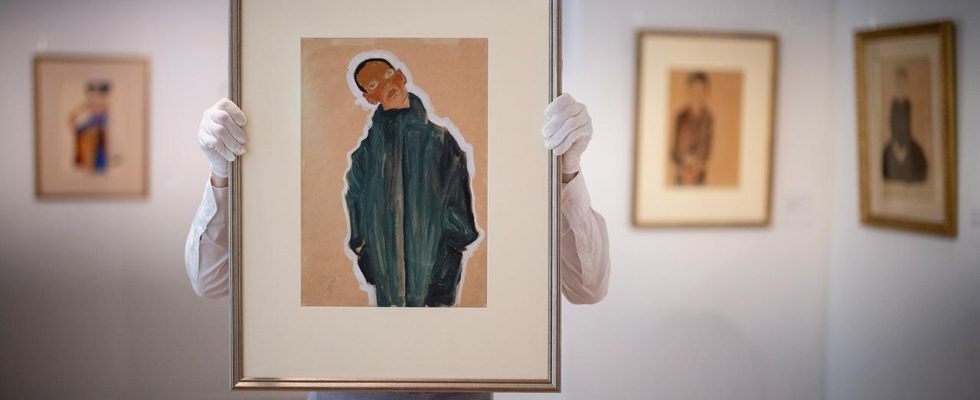faq
It sounds tempting: collect art and get a return. After all, the trend in art actually points towards increasing value. But does that make them a safe alternative to stocks or gold?
There are absolutely exceptional situations in which a work of art turns out to be a real gold mine. For example in the case of Leonardo da Vinci’s “Salvator Mundi”. In 2013, the painting was sold for $75 to $80 million, and a short time later it went to a Russian billionaire for $127.5 million. But the maximum price was not yet reached. Back in 2017, it became the most expensive painting in the world to date with a record price of $450.3 million.
But even apart from such dizzying sums, works of art seem to increase in value. This also makes them interesting for people who are looking for alternatives for their investments.
Art prizes increase value
Heike Negenborn has experienced this in her art: When the artist started painting landscapes 35 years ago, there was still little demand for her works of art. Today, landscape paintings are more in vogue, and the value of their images has risen rapidly. Also because she has won one art prize after another in recent years.
This affects the price of the pictures: a picture that she could have sold for around 3,500 euros ten years ago now costs 7,000 euros. Negeborn admits that this surprised her: “Ten years ago I couldn’t have imagined that my pictures would double in value.”
Luck and Willingness to take risks
A trend that can be observed similarly across the entire art market: according to estimates, the annual increase in the value of art is around six percent. But this should be viewed with caution, says Michael Grote, financial expert at the Frankfurt School of Finance: “You have to be careful with this number, because the works of art only come onto the market when you think that they will fetch a good price – otherwise You don’t put the works of art on the market.” Only the works of art that are actually sold count towards the six percent increase in value.
Finding a buyer for artwork can be the hardest part. And the price development is not always predictable, explains art historian Sophia Böhm. “It’s difficult to calculate, and that’s why you need to be willing to take a bit of risk. There’s always a bit of luck involved.”
Difficult to calculate
Financial expert Grote is also cautious about art as an investment. This is definitely an option for people who already have a large investment portfolio. “Overall, however, it is not a primary means of saving for retirement.” The value of art is too volatile and far too difficult to calculate.
Art as an investment is anything but a safe bet. But if you like art and buy works of art, you should perhaps check their value every now and then. It could possibly lead to a pleasant surprise.

